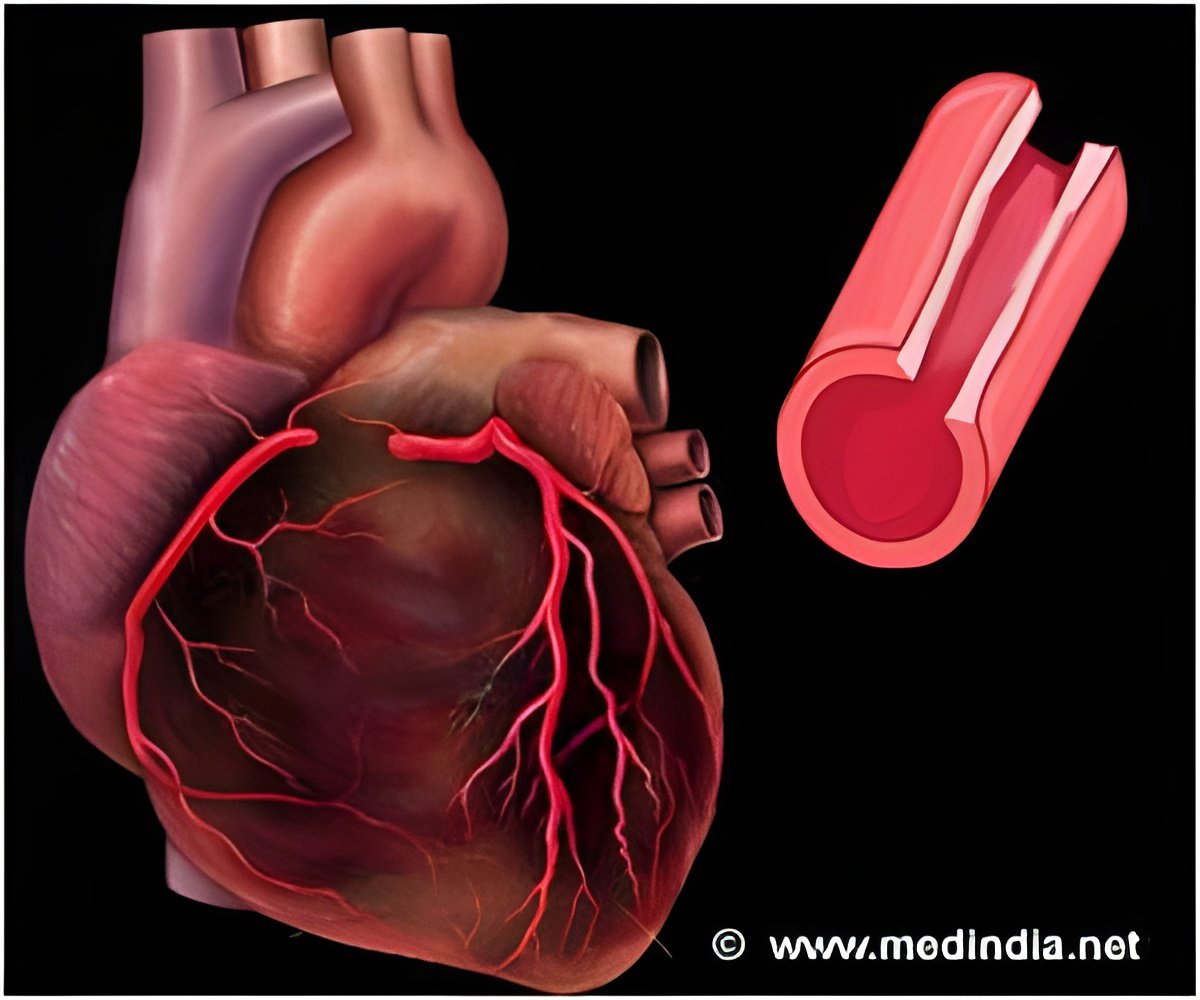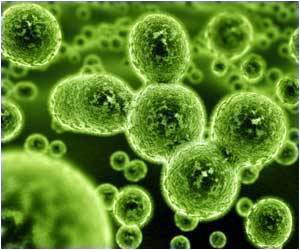Placental problems linked to congenital heart defects through SLC25A1, offering potential therapeutic targets like PSG1 for heart and placenta health.

- SLC25A1 is critical for placental development and indirectly affects heart health
- Deleting SLC25A1 in placental tissue causes both placental and heart defects
- PSG1 supplementation may become a potential therapeutic approach for heart defects related to placental dysfunction
Congenital heart defects (CHDs) are the most common birth defect type among humans, yet their etiology is known to a great extent. Research had long ago indicated that placental dysfunction might also be an underlying cause for CHDs. Researchers from Nanjing University, China, confirmed that placental health indeed affects heart development through an indirect mechanism with protein SLC25A1 (1✔ ✔Trusted Source
SLC25A1 regulates placental development to ensure embryonic heart morphogenesis
).
Advertisement
Role of SLC25A1 in Development
SLC25A1 is a protein that imports citric acid, one of the most important intermediates in the regulation of gene expression, across cellular territories. While low levels of SLC25A1 have been linked to CHD in humans, its individual role was unknown. Investigators used gene editing in the mouse to explore its influence and found that SLC25A1 does not affect the heart itself, but rather profoundly affects placentation, which also impacts the heart.
Advertisement
Gene-Editing Approach and Findings on SLC25A1 Deletion
The study used gene-editing technology to delete the SLC25A1 protein from particular tissues in early stages of mouse embryos.
Whole Embryo Deletion:
- Mice that totally lacked SLC25A1 showed both heart defects and thin placentas.
Tissue-Specific Deletion:
- Deleting SLC25A1 only from the heart did not induce CHDs, meaning the protein was not essential in heart tissue cells.
- Deletion in placental tissue alone caused the formation of both placental and heart defects, hence suggesting that the placenta played a crucial role during the development of the heart.
Advertisement
Mechanism Linking Placenta and Heart Development
Loss of SLC25A1 changed the balance of citric acid in the placental cells, DNA, and altered placental growth. The deficient placenta had low levels of PSG1, a protein that is necessary for the development of endothelium in structures such as blood vessels.
Therapeutic Potential of PSG1
Human PSG1 supplementation to pregnant mice resulted in improvement of both placental and heart defects in embryos lacking SLC25A1. This result suggests that PSG1 supplementation can be developed into a therapeutic strategy to address CHDs arising from placental problems.
The study points out the critical influence of the placenta on embryonic heart development and identifies PSG1 as a potential drug candidate.
This research indicates the critical role of placental health in embryonic heart development. Elucidating the roles of SLC25A1 and PSG1 would open pathways to novel preventive treatments for congenital heart defects linked with abnormalities of the placenta.
Reference:
- SLC25A1 regulates placental development to ensure embryonic heart morphogenesis – (https://journals.biologists.com/dev/article-abstract/151/22/dev204290/363170/SLC25A1-regulates-placental-development-to-ensure)
Source-Medindia



